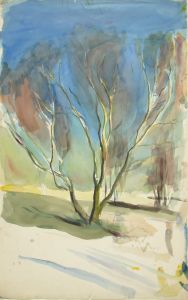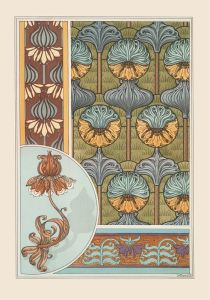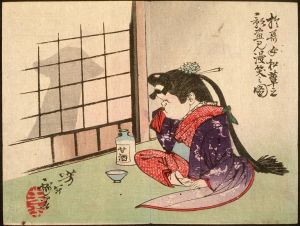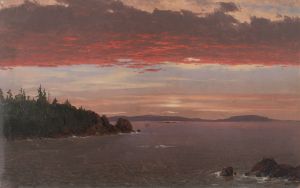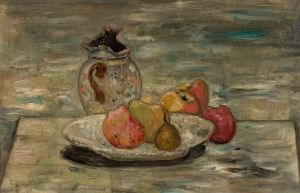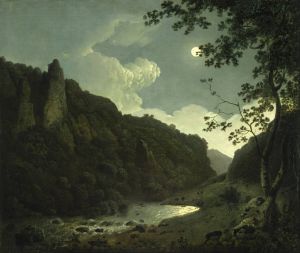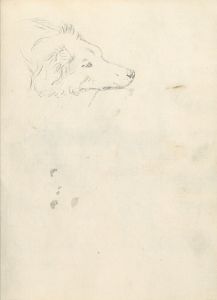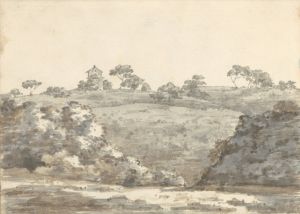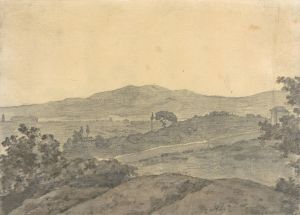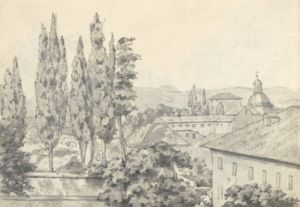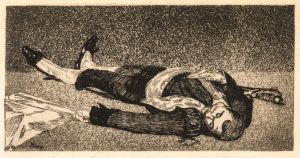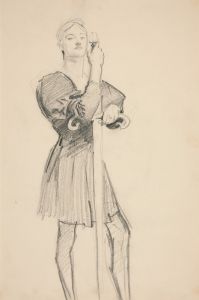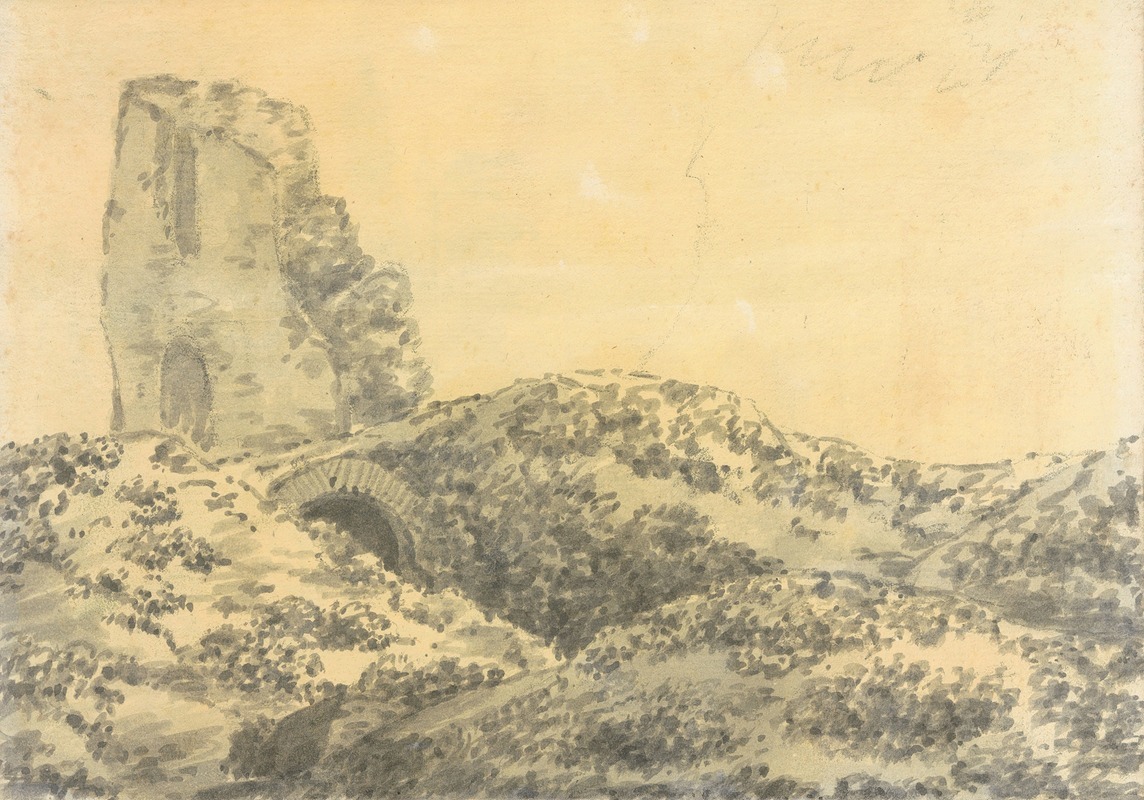
Ruined Roman Tower in a Landscape
A hand-painted replica of Joseph Wright of Derby’s masterpiece Ruined Roman Tower in a Landscape, meticulously crafted by professional artists to capture the true essence of the original. Each piece is created with museum-quality canvas and rare mineral pigments, carefully painted by experienced artists with delicate brushstrokes and rich, layered colors to perfectly recreate the texture of the original artwork. Unlike machine-printed reproductions, this hand-painted version brings the painting to life, infused with the artist’s emotions and skill in every stroke. Whether for personal collection or home decoration, it instantly elevates the artistic atmosphere of any space.
"Ruined Roman Tower in a Landscape" is a painting by Joseph Wright of Derby, an 18th-century English artist renowned for his dramatic use of light and shadow, often associated with the artistic movement of Romanticism and the Enlightenment. This work exemplifies Wright's interest in landscapes and ruins, themes that were popular during his time as they evoked a sense of history, decay, and the sublime.
The painting depicts a ruined Roman tower set within a serene and expansive landscape. The tower, a central focus of the composition, is rendered with meticulous detail, showcasing its weathered stonework and the effects of time. Surrounding the structure are natural elements, including trees and vegetation, which appear to reclaim the man-made edifice. The scene is bathed in a soft, atmospheric light, a hallmark of Wright's style, which enhances the mood of quiet reflection and timelessness.
Joseph Wright of Derby is best known for his ability to capture the interplay of light and shadow, a technique influenced by the chiaroscuro tradition of artists like Caravaggio. While many of his works explore industrial and scientific themes, such as his famous "An Experiment on a Bird in the Air Pump," Wright also created numerous landscapes and scenes of ruins, reflecting the 18th-century fascination with antiquity and the natural world.
The exact date of "Ruined Roman Tower in a Landscape" is not definitively documented, but it is consistent with Wright's broader body of work, which often explored themes of decay and the passage of time. The painting aligns with the Romantic interest in ruins, which were seen as symbols of the transience of human achievement and the enduring power of nature.
As with many of Wright's works, the painting demonstrates his technical skill and his ability to evoke emotion through composition and lighting. The ruined tower serves as a poignant reminder of the impermanence of human creations, while the surrounding landscape suggests renewal and continuity.
The current location of the painting is not widely documented, and it is not among Wright's most famous works. However, it remains an example of his versatility as an artist and his engagement with the cultural and intellectual currents of his time.





